Local market outlook
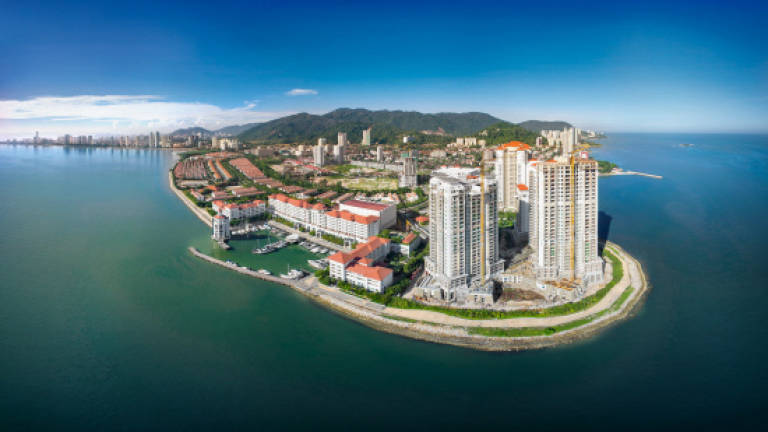
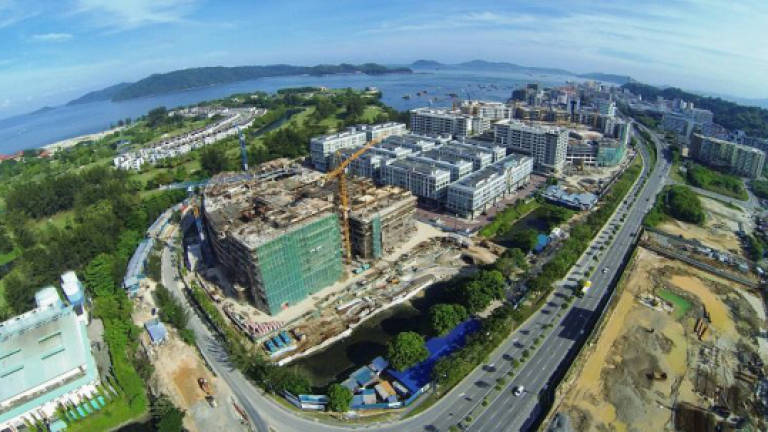
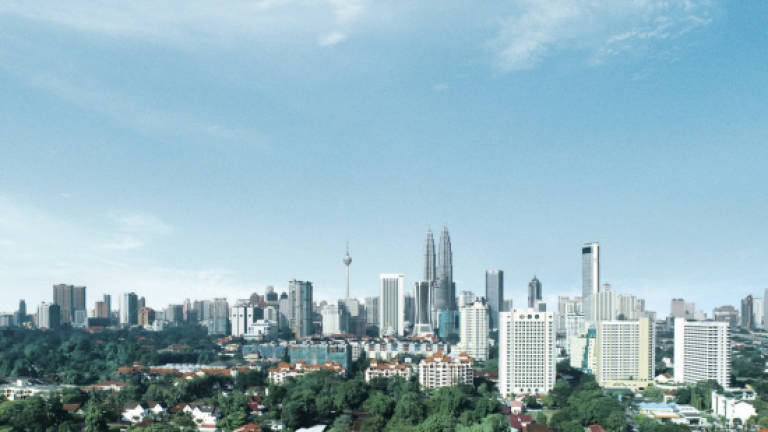
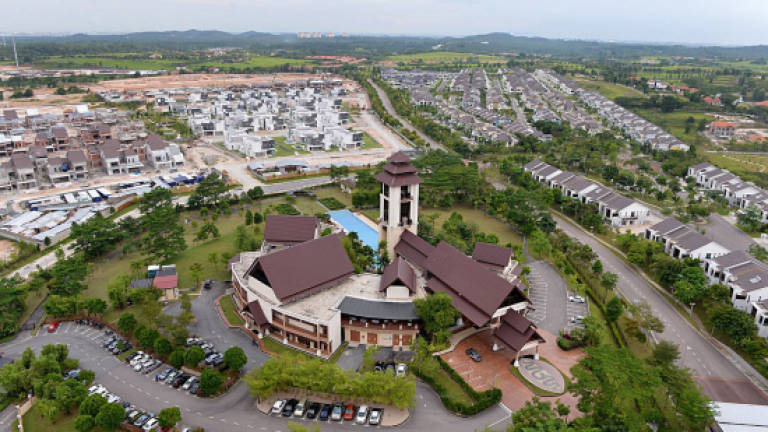
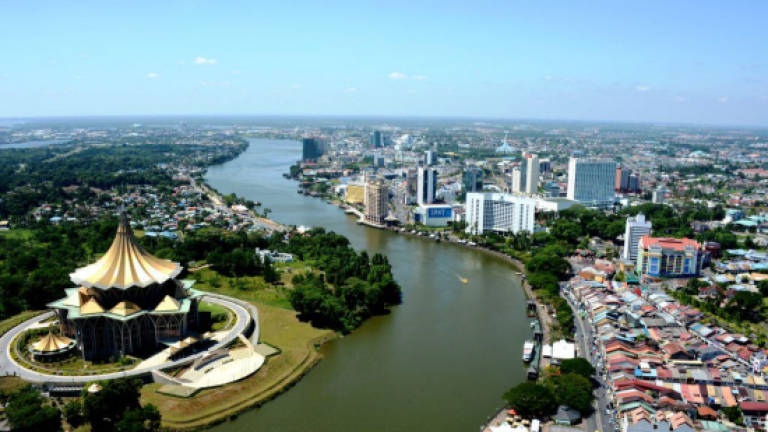
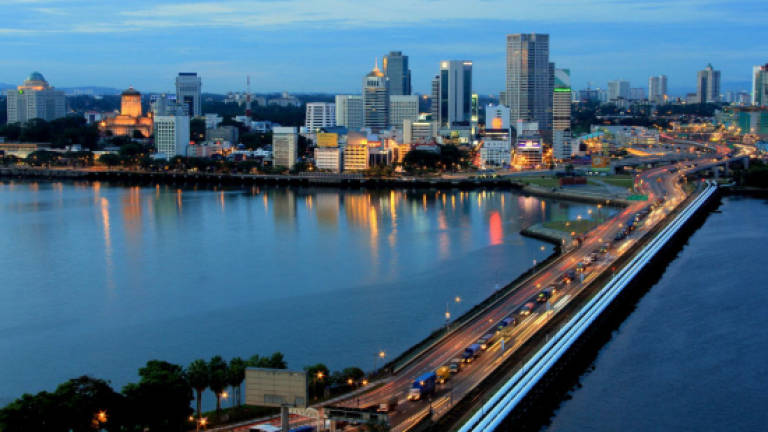
ACCORDING to the CBRE / WTW 2017 Real Estate Market Outlook report, the property market dipped further in Q3 2016. It revealed that transaction activity dropped; agricultural land remained the second most active, after residential properties; the commercial sector fell to third place; followed by development land. City wise, Selangor made it as the most active, followed by Johor. Additionally, the National Property Information Centre (Napic) reported that 57% of residential property transactions in Q3 2016 were priced below RM250,000 while 43% were recorded between RM250,001 and RM1 million.
Following is the gist of the property scene in major sectors across Malaysia.
Klang Valley
On the whole, the 2016 property market performance was reported as “subdued”. No signs of improvement is forecast for 2017. With new supply of various property types that include offices, retail, hotels and condominiums nearing completion in significant quantities within the next year, in contrast to the slowdown in economic growth, there are concerns of a large market supply situation across property sectors.
However, as travelling becomes more affordable and the momentum picks up on tourist arrivals, the market sentiments remain buoyant. Moreover, 2017 expects to see landed residential prices stabilising with minimal growth and more new developments within the “affordable” housing category.
A press conference by JLL recently also hinted on InvestKL’s plans to attract multi-national corporations and foreign companies to invest in Kuala Lumpur’s appealing office market – especially looking at the exciting infrastructure developments that will be opening up new areas in and around KL.
Similarly, in the industrial sector, there is keen interest reported from foreign investors
for our local industrial projects, especially our industrial parks.
This has led developers to take notice of the stable industrial property demand, which will consequently lead to employment opportunities and spin-off to
more housing and commercial property demand.
Penang
Likewise, the property market in Penang last year was also reported to be subdued. Overall, market activity showed a downtrend compared to that in 2015. According to Napic’s report, property transactions dropped across residential, commercial and industrial sectors, but in terms of value, the industrial sector recorded a hike. Reasons for the glum market – high loan application rejections, smaller growth in income, rising living costs, dampened business and consumer sentiments after the announcement of Budget 2017, the depreciating ringgit value against major currencies and other global political occurrences.
However, the market slowdown was not applicable across the board as landed property in prime locations maintained, and some, appreciated marginally in value. For major events involving land and property developments in Penang for 2016, refer to the CBRE/WTW Real Estate Market Outlook 2017 report.
Projects and proposals that may aid in a more positive outlook in 2017 include:
»more dense affordable housing developments priced at RM300,000 and below;
»a memorandum of understanding was signed for urban renewal works (which preserve heritage values) that will take place in four areas around Butterworth; and
»the “Gurney Wharf” master plan.
Johor
Iskandar Malaysia’s comprehensive development plan is already in its second half of its 20-year framework (2006 to 2025). The region has so far recorded a cumulative investment of RM208 billion with 60% said to come from local investors. Of the total investment, 51% is realised on the ground – the largest contributor to the committed investments coming from retail/mixed development, followed by manufacturing, then residential.
While the Iskandar Malaysia market was slow in 2016 (due to the overall global market), Napic recorded RM10.57 billion worth of transactions.
The year was reported exciting for the office sector with the market witnessing four office building transactions valued at RM1.24 billion. Rentals for purpose-built offices set a new benchmark in Iskandar Puteri.
The hotel sector was said to have picked up pace due to rapid development of the Iskandar Malaysia economic corridor, additional direct flights connecting Johor to Asian countries, as well as more property developments promoted internationally. The weakening ringgit was also noted to have encourgaed more tourism activities there.
On the whole, Johor experienced a general slowdown in terms of transaction activities and new high-end development products, particularly in residential sub-sectors. This has caused developers to diversify their plans to offer more affordable products to meet market needs.
In the industrial sector, some MNC companies are reported to be still exploring and expanding their investments in Iskandar Malaysia.
Sabah
Generally a lacklustre market in Sabah for 2016 with a slowdown in transaction activities. Reasons being softer market sentiments and continued strict lending measures imposed by the Central Bank and financial institutions. Still, prices of properties, even those in attractive locations have remained and not declined.
Fewer property launches we recorded compared to 2015 – dominating the market were new mid-market segment condominium launches. Forecast for 2017 in this sector is predicted to have little change given the expected challenging economic conditions and other reasons.
Sarawak
Property in 2016 was sluggish for Sarawak, rather flat with fewer launches on the whole except for certain sub-sectors of stratified housing launched as part of a mixed development retail-residential concept. Construction activities also saw a general slowdown with the market struggling to finish completing off launched units.
Properties in prime and attractive locations were reported to be still in demand despite the softer market. Prices have also generally remained and not dipped. With the slowdown, affordable housing is and has as before, been in demand, and will do well given reasonable locations and suitable house types.
The recent approval by the Sarawak Planning Authority to increase development density there from eight to 10 units for landed housing and 24 to 30 units for stratified housing, is expected to set the pathway for private developers to build more affordable housing developments.
The general outlook for 2017 is reported to be stormy and unpredictable, with a generally overbuilt environment, slower absorption rate, increased household debt, more stringent financing situations and increased costs of businesses and living. Reduced consumer spending is expected to crimp demand and affect the construction and retail sectors negatively.
However, exceptional areas like Bintulu and Mukah, earmarked under the 10th and 11th Malaysia Plan, are expected to spearhead growth in Sarawak due to the implementation of mega projects.
Overall view
For the chart on the recent past and future market outlook across major property sub-sectors and regional areas in Malaysia, contact CBRE / WTW for its research on the Asia Pacific Real Estate Market Outlook.